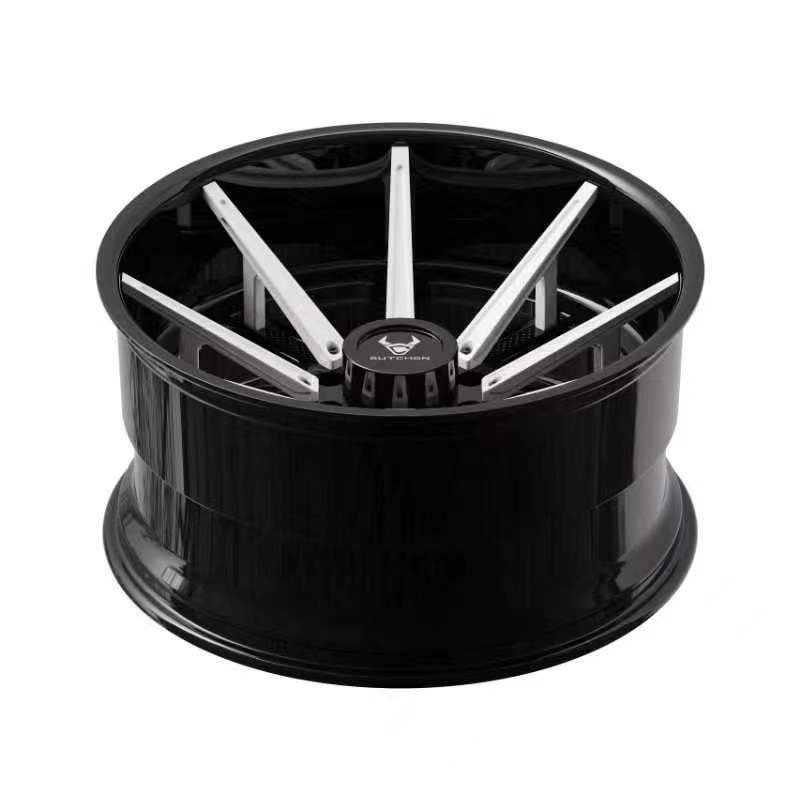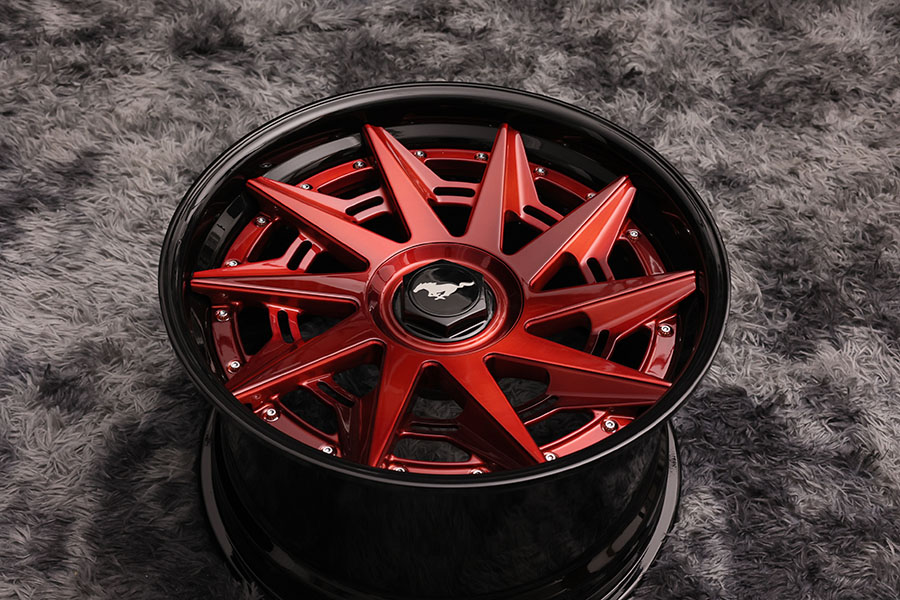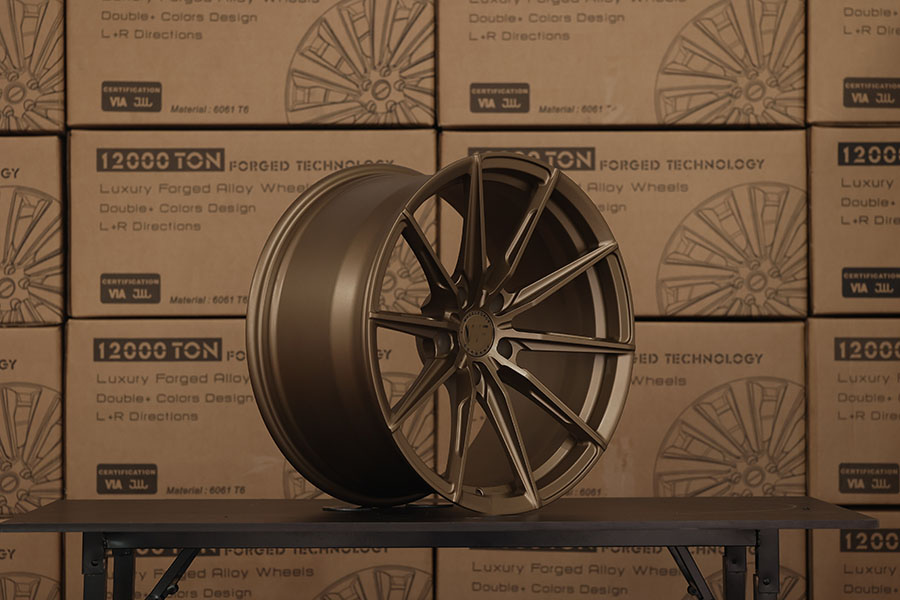What is the concave of a wheel hub related to?
The concavity of the wheel hub is related to the following factors:
Tire wear: If the wheel hub is concave due to impact or collision, there will be corresponding marks or scratches on the tire surface. If the location of tire wear matches the location of the concave wheel hub, it is likely caused by human factors.
Curbs: Concave wheel hubs are designed to prevent the curbs from scratching the wheel hub and to prevent the wheel hub from falling off when the tire loses air pressure.
Eccentricity: The hub eccentricity refers to the distance between the mounting surface of the wheel hub and the centerline of the hub. If it has a positive offset, the wheel hub will protrude, while a negative offset will result in a concave shape.
Imagine there is a wheel inside, and there is no wheel hub to support the outer tire. Therefore, the tire can only be installed facing inward. This is why the front and rear wheels of a large vehicle exhibit different bulging directions. The same applies to vehicles with dual rear axles or triple rear axles, where two wheels form a group and the wheel faces inward.
Rapidly ascending stairs can easily lead to the issue you mentioned, and the likelihood of damage increases when carrying passengers. Electric vehicle wheel hubs are made of cast aluminum or steel. Steel wheel hubs can be reshaped, while cast aluminum ones cannot.
Ningbo Jianglu Auto Parts Co., Ltd. has years of experience in producing forged wheel hubs. We manufacture 1-piece, 2-piece, and 3-piece wheel hubs. Our forged wheel hubs come in a wide range of styles, exquisite quality, and competitive prices.
This is our monoblock concave series forged wheel hubs.
We hope our esteemed customers will like them.



